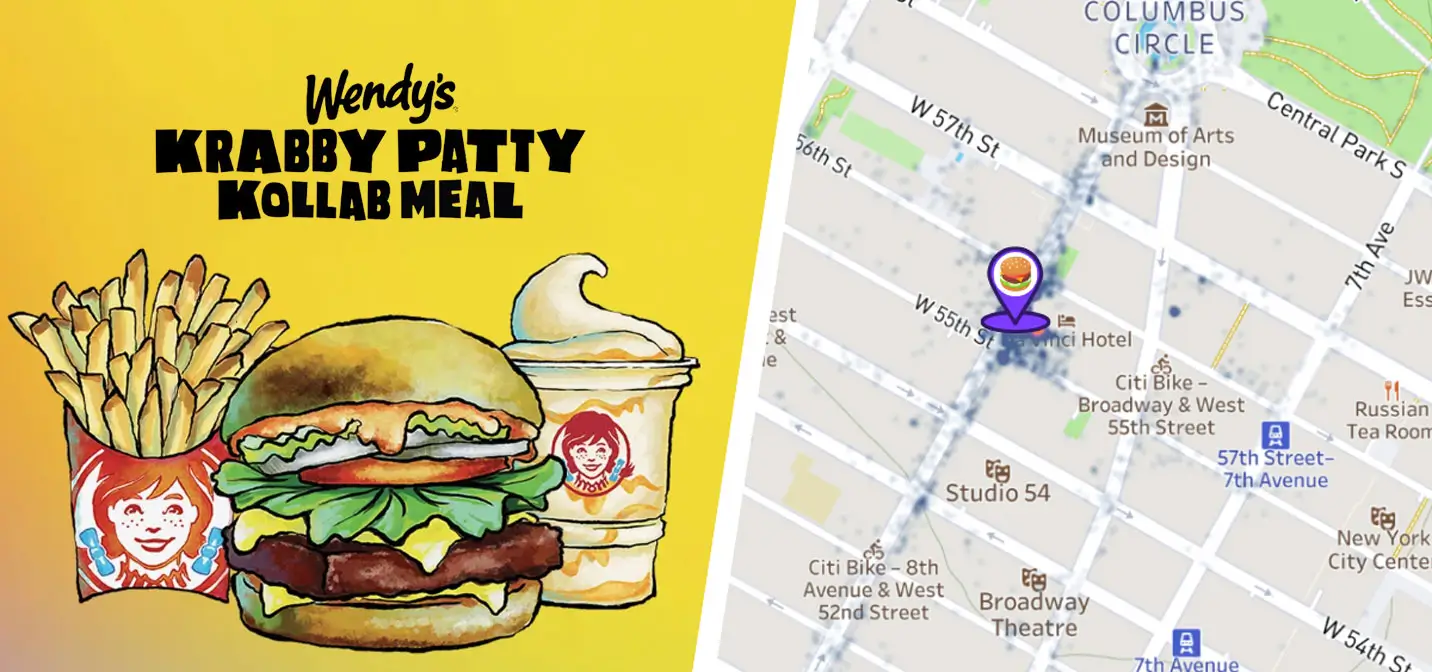The way we shop for groceries and watch TV shows has evolved significantly. The worlds of the internet and television have collided, creating a unique ecosystem of ‘Connected TVs’. Changing media consumption patterns of homebound viewers looking to keep boredom at bay has led to a meteoric rise in the market penetration of CTV.
What is CTV Advertising?
CTV stands for Connected TVs, which are TVs connected to the internet. This includes Smart TVs, Apple TVs, and devices like Xbox and Playstation. These devices mostly serve as a conduit for Over-the-Top or OTT content that doesn’t need a multi-system operator. This can be better understood by comparing WhatsApp with normal text messaging (SMS), where WhatsApp allows users to send a message via the internet, while SMS needs a service provider like T-mobile or Verizon. OTT platforms like Netflix, Disney+, and Amazon Prime can connect via the internet, while traditional television connects via cable providers.
Platforms like Netflix and Amazon Prime have grown exponentially, and today, the most popular shows tend to be on OTT platforms as is evident from the number of Oscar, Emmy, and Golden Globe nominations going to content made for OTT in recent years.
The experience for users remains more or less the same, with the only difference being they watch the show on a website or app using the internet. The world of video advertising, however, has completely changed.
CTV and Video Advertising
Studies show that most users who like to watch content on apps or websites like Hulu or Amazon Prime are willing to sit through advertising breaks to continue watching the show. CTV administers adverts before and during a show or program, which is referred to as pre-roll and mid-roll advertising. Mid-roll advertising has the highest success rate, as this is when most users are willing to sit through the ad to continue their show. This makes mid-roll the most competitive placement in video advertising.
Now viewers have a wide range of options to choose from, including apps and free ad-supported streaming websites or apps. Some apps offer both a premium ad-free package and a free ad-supported streaming option. This has led to a rapid increase in the market penetration of CTVs in the last few years and a fall in the use of linear TV.
A report from Hub Entertainment Research found that smart TV ownership increased in Q1 2024 to nearly 8 in 10 households as consumers replaced old TVs and embraced streaming video. In addition, 62% of TV households are now streaming weekly on smart TVs, which is up significantly from 47% in 2021. From this trend, it can be fair to assume that Smart TV adoption and consumption of OTT content will only continue to grow. Which is why CTV is the future of video advertising.
This presents marketers with a great opportunity as it is easier to target and curate relevant audiences via CTV because of the information collected by these apps/websites, including viewing history, interests, age, and more.
Why is CTV the Future of Advertising?
CTV advertising offers several clear benefits over traditional TV advertising. These include:
- Popularity: Consumers worldwide are switching to Smart TVs and prefer OTT content over TV subscription packages. Younger audiences (Millennials and Gen Z) especially prefer content produced by OTT giants like Netflix and Amazon Prime. The highly competitive field also means great offers on packages and regular content catering to younger audiences.
- Higher ROI: Most CTV ads cannot be skipped and require audiences to sit through them if they want to continue watching their content and most people are willing to sit through these ads in return for cheaper packages or free content. This gives advertisers a much higher return on investment as compared to traditional TV advertising.
- Better Audience Targeting: Marketers and advertisers can target more relevant audiences due to the information available to them via CTV, including consumer demographics, interests, and preferences. While traditional TV ads are generally limited to brand awareness campaigns due to their broader audiences, CTV ads can go further down the funnel with better targeting and the potential for viewers to be able to take action with their internet connection.
- The Power of IoT (Internet of Things): The future of Connected devices could see huge technological leaps in the coming years with the possibility of being able to click on ads via mobile remotes or even retargeting via mobile devices. CTV when combined with smart home technology like Alexa or Google Home devices could lead to a level of integration never experienced before.
With so many benefits, the next question that arises is, why is adoption still low? And here we come to the big caveat that prevents advertisers from switching to CTV advertising.
How can you measure CTV success?
CTV still does not have a universal measurement currency. With multiple apps and websites and varying measurements from platform to platform, there is no standardized way for advertisers to measure their audience size and makeup. Without a universal identifier, such as cookies or device IDs, it prevents advertisers from investing their ad spend in CTV advertising.
Let’s look at the challenges that advertisers face when it comes to CTV and OTT Advertising:
- Standardized Identifiers: The first and most challenging problem is the lack of standardized identifiers. Marketers and advertisers cannot be sure if their ads are being shown to the relevant audience or apply frequency caps to ensure viewers do not see the same ad multiple times. The lack of identifiers also makes it difficult to determine the accuracy of audience curation and targeting. While the platform does have the right audience sets, there is no certainty of being able to reach the right viewer.
- Metrics and Transparency: Without accurate measurement metrics, advertisers and marketers face difficulty with targeting and attribution. This also means RoI cannot be measured accurately making it difficult for advertisers to justify ad-spend. Another issue is the lack of transparency as the platforms cannot give accurate data without identifiers.
This is where companies like Azira can help.
To overcome the need for third-party cookies and device IDs, companies can use different identifiers to measure performance and reach. For example, at Azira, we built a foundational identity graph with the central identifier being a Household, as opposed to an individual-centric identity graph used in mobile advertising.
A Household constitutes a set of personal and home devices, such as mobile phones, tablets, and CTVs that belong to the people of a household. By replacing third-party cookies or device IDs with these identifiers, companies can connect a CTV to its corresponding mobile devices using various data inputs such as proximity of the devices, frequency, and duration in which the devices are seen together.
Here are the benefits of CTV advertising with Azira:
- Robust, Quality Data: The Azira platform ingests data from multiple sources GPS, Wi-Fi & Event streams over long periods and continuously performs advanced quality screening.
- Cutting-edge ML/AI (Machine Learning / Artificial Intelligence) models: The Azira platform deploys advanced ML/AI models to build a location graph of each device including Connected TVs, mobile phones, and tablets, using 27+ signals such as latitude, longitude, IP address, timestamps, user agents, device models, and more, and assigns them a household ID. The location graphs are used to form clusters of devices belonging to the household.
- Accurate places database: Azira’s places database has precise, hand-drawn location boundaries enabling accurate location categorization (residential, commercial, parks, roads, and so on). This further improves home location identification.
CTV Advertising presents a tremendous opportunity for marketers and advertisers to reach their intended audience in an impactful way. While there are still some challenges that have held marketers and advertisers back from investing more in CTV, the solutions Azira provides can help bridge those gaps.
Interested in learning more? Get a demo or read more about the benefits of CTV campaigns.



